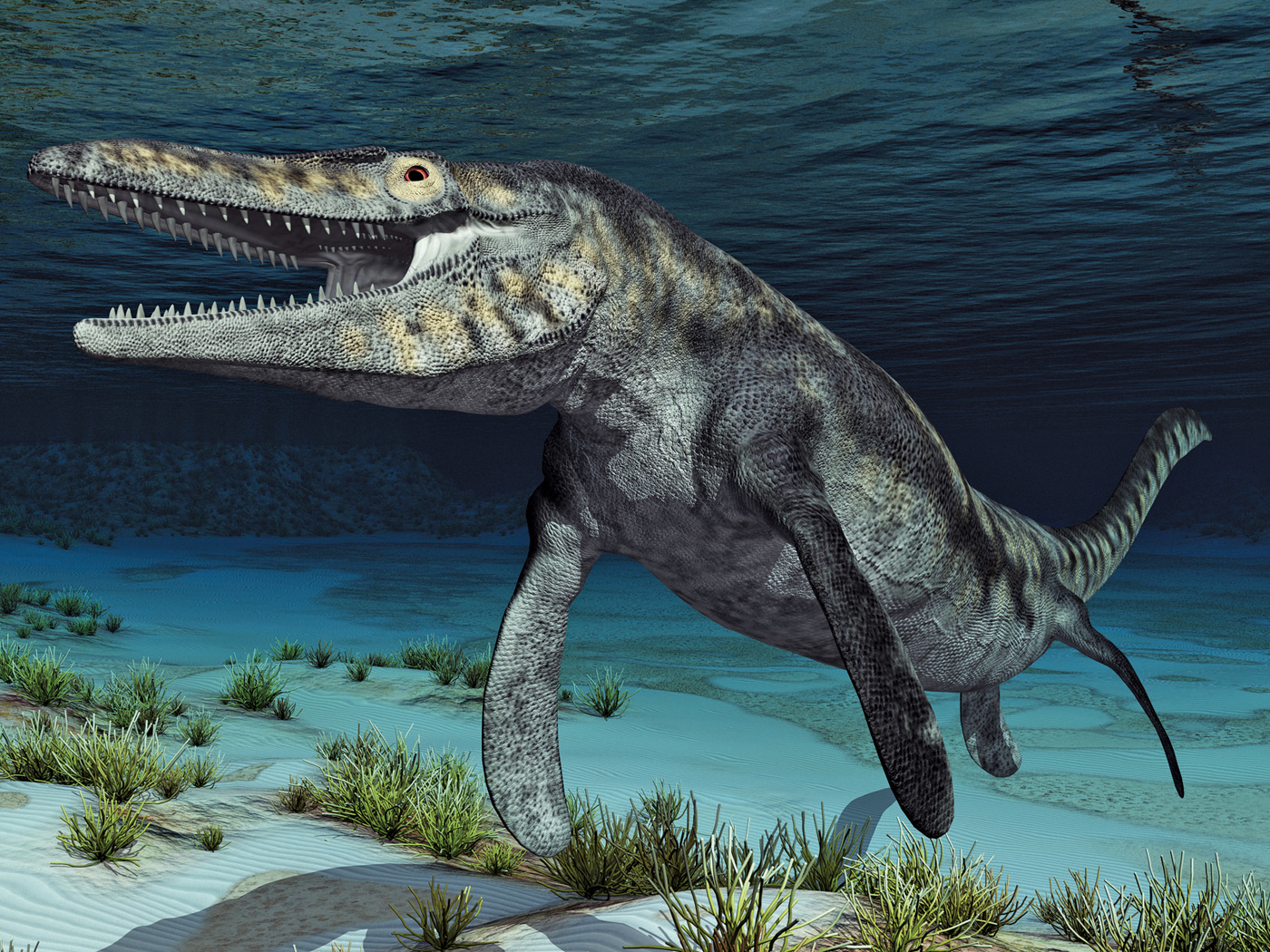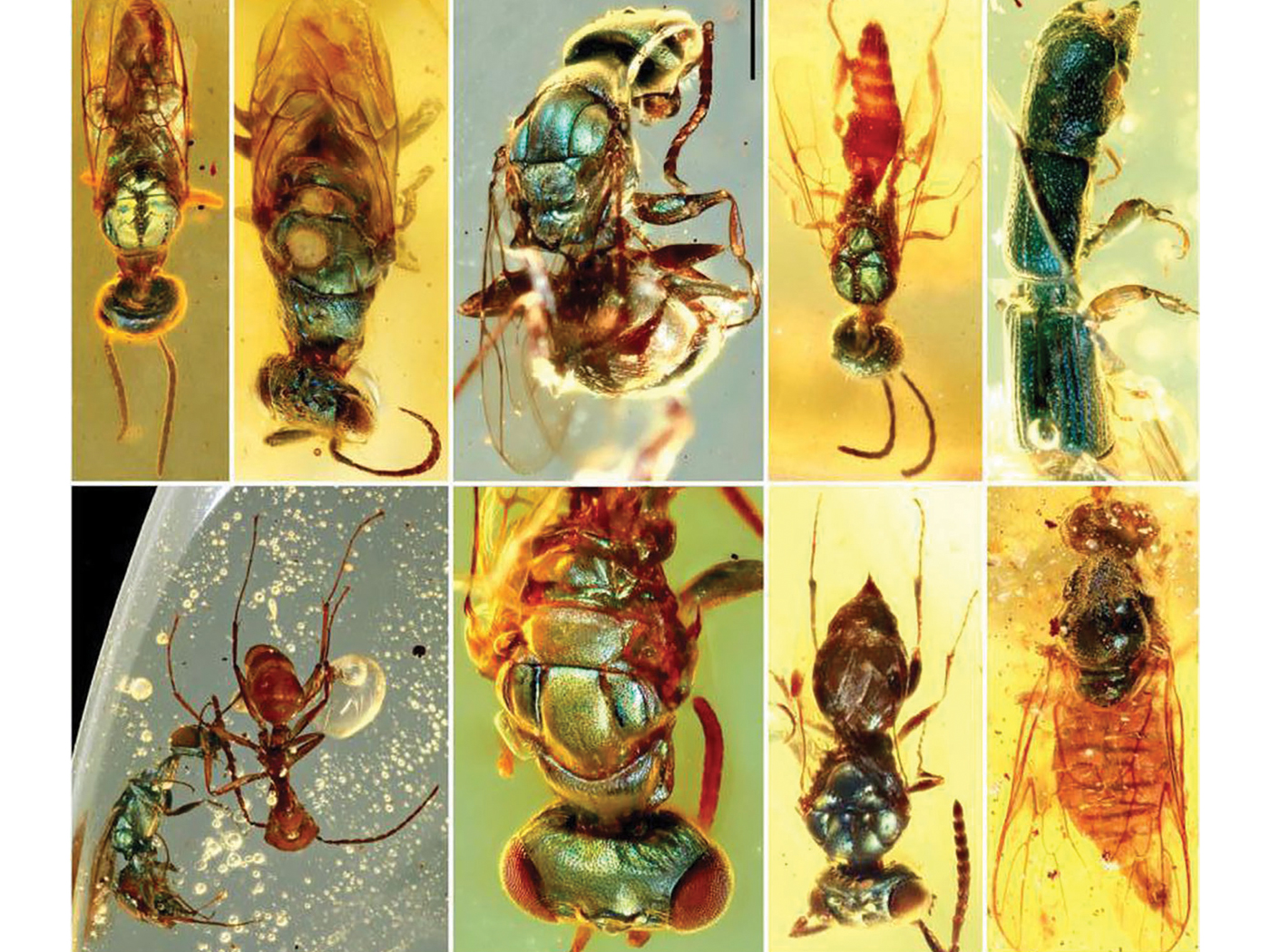Squares or cubes in the living world are both rare and strange, but there are species of bacteria that are both flat and box-shaped. A deadly Australian species of sea jelly (jellyfish or medusae) called the sea wasp (Chironex fleckeri) has the fascinating shape of a cube. Remarkably, these creatures—composed of 95% water—have multiple sets of eyes, including some which are human-like. Why would these creatures—supposedly so low on the evolutionary ladder—not only have several different kinds of multi-purpose eyes, but one set that is human-like? To say this is unexpected is an understatement.
God has designed the box jellyfish with eyes that not only see obstacles, but are also able to detect the size and color of objects, as well as a set to detect light intensity. The eyes work in harmony giving the box jelly "an extreme fish-eye view, so it's watching almost the entire underwater world" according to evolutionist Anders Garm of Lund University in Sweden.1
Does Darwinism explain the form and function of jellyfish? To begin with, evolutionists do not know even the origin of jellyfish: "The origin of the |jellyfish| and ctenophores is obscure . . ."2 Furthermore, they "explain" the amazing eye design by stating, "Millions of years of evolution have produced more than ten different animal vision systems, each perfectly tailored to suit the needs of its owner."3 This is hardly a scientific explanation, of course. Creationists counter with, "God has designed more than ten different animal vision systems, each perfectly tailored to suit the needs of its owner." Each of the preceding statements is as scientific—or religious—as the other.
Clearly, random genetic mutations do not begin to explain the origin or function of these incredible eyes. Evolutionist Paul Ehrlich of Stanford states:
Because mutations are random relative to need and because organisms generally fit well into their environments, mutations normally are either neutral or harmful; only very rarely are they helpful—just as a random change made by poking a screwdriver into the guts of your computer will rarely improve its performance.4
The structure and physiology of eyes, no matter where they're found, are a window to creation!
References​
- Thompson, A. 2007. Jellyfish have human-like eyes. LiveScience. April 2.
- Hickman, Roberts, and Larson. 1997. Zoology. Dubuque, IA: WC Brown Publishers. p. 275.
- Than, K. 2005. Nature inspires design of new eyes. LiveScience. Nov. 18.
- Ehrlich, P. 2000. Human natures. Washington, DC: Island Press. p. 21.
* Frank Sherwin is a zoologist and seminar speaker for ICR.
Cite this article: Sherwin, F. 2007. The Eyes of Creation. Acts & Facts. 36 (7).












